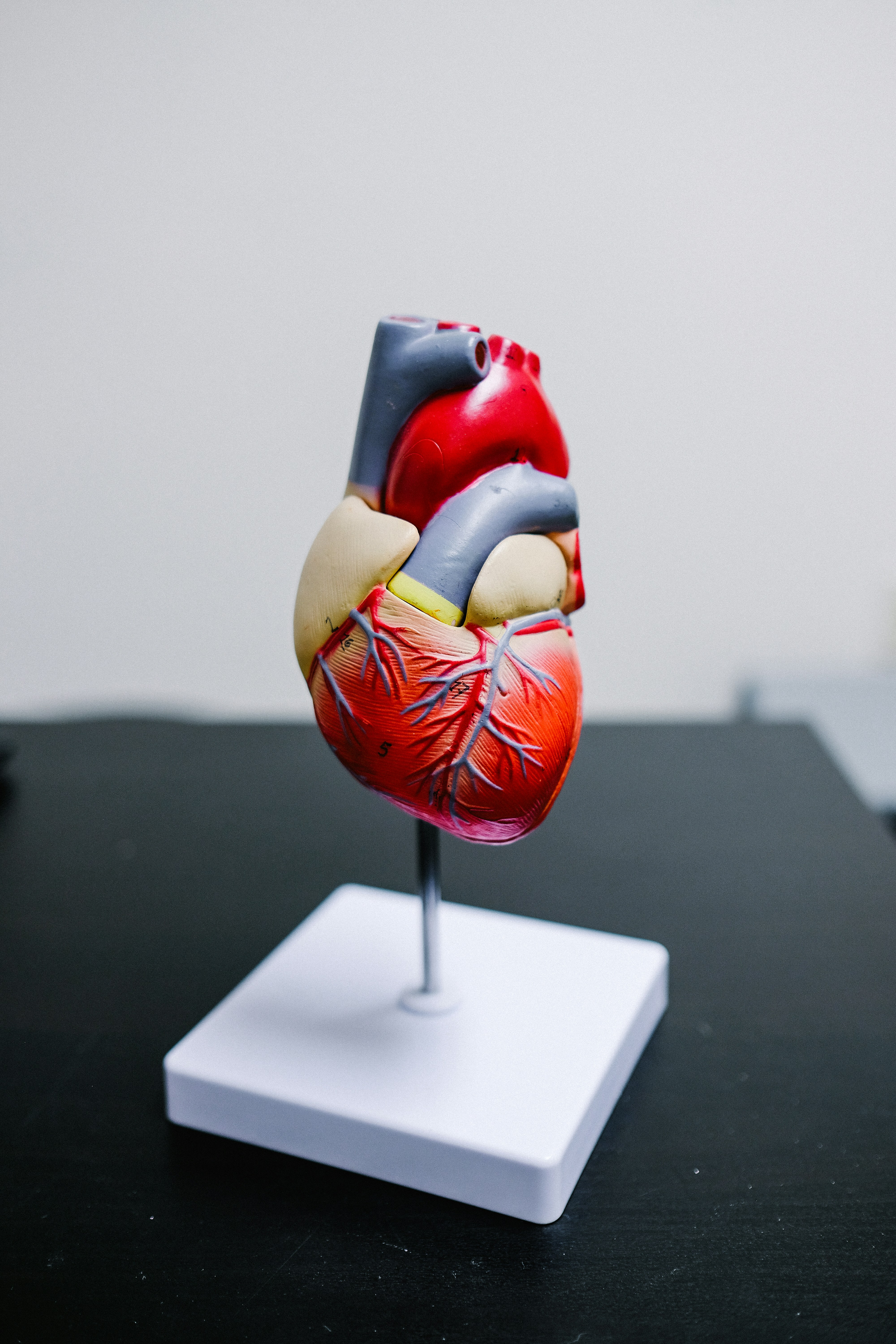脳神経外科における頚動脈狭窄症に関する会話例と英語フレーズ
**頚動脈狭窄症(Carotid Artery Stenosis)**は、首の大きな動脈である頚動脈が狭くなり、脳への血流が妨げられる状態です。これにより脳梗塞のリスクが高まることがあり、症状が進行すると深刻な健康問題を引き起こす可能性があります。
この記事では、頚動脈狭窄症に関連する患者との診察を想定し、特有の会話例と重要なフレーズを学びます。
患者の設定
- 名前: Hiroshi Tanaka (65歳、男性)
- 職業: 定年退職後、自宅で生活。
- 主な症状: めまい、時折の言葉のもつれ、一時的な視覚障害。
- 既往歴: 高血圧、糖尿病、喫煙歴あり。
- 生活習慣: 禁煙して5年、週に数回のウォーキングをしている。
診察の流れと会話例
1. 初診での問診と症状の確認
Doctor: “Good afternoon, Mr. Tanaka. I understand you’ve been experiencing dizziness and some trouble with your speech. Can you tell me when these symptoms started and if anything specific seems to trigger them?”
日本語訳: 「こんにちは、田中さん。最近、めまいや言葉のもつれがあるとお聞きしましたが、これらの症状はいつから始まり、何か特定の要因で悪化しますか?」
Patient: “It started a couple of months ago. At first, it was mild, but lately, I’ve also had some episodes of blurred vision.”
日本語訳: 「2ヶ月前くらいから始まりました。最初は軽かったのですが、最近は視界がぼやけることもあります。」
2. 頚動脈狭窄症のリスクと可能性の説明
Doctor: “Given your symptoms and history of high blood pressure and smoking, we need to consider the possibility of carotid artery stenosis. This is when the arteries in your neck that supply blood to your brain become narrowed, which can increase the risk of a stroke.”
日本語訳: 「高血圧や喫煙歴を踏まえたあなたの症状から、頚動脈狭窄症の可能性を考慮する必要があります。これは、脳に血液を供給する首の動脈が狭くなり、脳梗塞のリスクが高まる状態です。」
Patient: “How serious is this condition?”
日本語訳: 「この状態はどれくらい深刻ですか?」
Doctor: “It can be serious, especially if the artery becomes significantly blocked. A stroke can occur if a blood clot forms and blocks the narrowed artery. However, with early detection and treatment, we can manage the condition and reduce your risk.”
日本語訳: 「これは、動脈が大幅に閉塞すると深刻な状態になります。もし血栓ができて狭窄した動脈をふさぐと、脳梗塞が発生する可能性があります。ただし、早期に発見し治療すれば、状態を管理しリスクを軽減できます。」
3. 検査の説明と診断方法
Doctor: “To check for carotid artery stenosis, we’ll start with a Doppler ultrasound to look at the blood flow in your neck arteries. This test is non-invasive and will help us determine if there is any narrowing. Depending on the results, we may also do a CT angiogram to get a more detailed view.”
日本語訳: 「頚動脈狭窄症を確認するために、まずはドップラー超音波検査で首の動脈の血流を調べます。この検査は非侵襲的で、狭窄があるかどうかを確認できます。結果によっては、より詳しい検査としてCT血管造影を行うこともあります。」
Patient: “Is the ultrasound painful?”
日本語訳: 「超音波検査は痛いですか?」
Doctor: “No, the ultrasound is painless. We’ll use a small device on the skin of your neck to measure blood flow. You’ll be able to return to your normal activities right after the test.”
日本語訳: 「いいえ、超音波検査は痛みはありません。首の皮膚の上に小さな機械を当てて血流を測定します。検査後はすぐに通常の生活に戻ることができます。」
4. 診断結果と治療法の説明
Doctor: “If the tests show significant narrowing in your carotid artery, we’ll discuss treatment options. In mild cases, we may recommend lifestyle changes and medications to lower your risk of stroke. In more severe cases, we may suggest a procedure called carotid endarterectomy to remove the blockage or angioplasty with stenting to open up the artery.”
日本語訳: 「もし検査で頚動脈の大きな狭窄が確認された場合、治療方法について話し合いましょう。軽度の場合は、生活習慣の改善や薬物療法を推奨し、脳梗塞のリスクを下げます。より重度の場合は、頚動脈内膜剥離術で閉塞を除去したり、血管形成術とステント留置で動脈を開く治療を提案することがあります。」
Patient: “What are the risks of surgery?”
日本語訳: 「手術にはどんなリスクがありますか?」
Doctor: “Surgery carries some risks, such as bleeding or stroke during the procedure, but it’s generally safe, and the goal is to prevent a major stroke in the future. We’ll discuss the benefits and risks in detail to help you make an informed decision.”
日本語訳: 「手術には、出血や手術中に脳梗塞が発生するリスクがありますが、一般的には安全で、将来的な重大な脳梗塞を防ぐことが目的です。治療のメリットとリスクについて詳しく話し合い、適切な判断ができるようにします。」
5. 生活管理とフォローアップの指導
Doctor: “In addition to any procedures, it’s important to manage risk factors like high blood pressure, cholesterol, and diabetes. Regular follow-up appointments and imaging tests will help us monitor your condition. Quitting smoking, maintaining a healthy diet, and exercising regularly are also key to lowering your stroke risk.”
日本語訳: 「手術に加えて、高血圧、コレステロール、糖尿病などのリスク要因を管理することが重要です。定期的なフォローアップと画像検査で、状態を監視します。また、禁煙、健康的な食生活、定期的な運動も、脳梗塞のリスクを下げるために重要です。」
Patient: “I’ve already quit smoking, but I’ll make sure to keep up with the lifestyle changes. How often will I need follow-up appointments?”
日本語訳: 「すでに禁煙していますが、今後も生活習慣の改善に努めます。フォローアップの診察はどれくらいの頻度で必要ですか?」
Doctor: “We’ll start with follow-up appointments every few months to monitor your condition. If your carotid artery stenosis is stable, we may space the appointments further apart. Regular imaging tests will also be necessary to check for any changes.”
日本語訳: 「最初は数ヶ月ごとにフォローアップを行い、状態を監視します。もし頚動脈狭窄が安定していれば、診察の間隔をあけることもあります。また、定期的な画像検査も必要で、変化がないか確認します。」
学習ポイント
- 症状の確認: 頚動脈狭窄症に関連する症状を確認するためのフレーズを学びましょう。例: “Are you experiencing dizziness, slurred speech, or temporary vision loss?“(めまいや言葉のもつれ、一時的な視覚障害がありますか?)
- 検査の説明: 頚動脈狭窄症の診断に必要な検査を説明するフレーズを学びます。例: “We’ll perform a Doppler ultrasound to measure the blood flow in your neck arteries, and possibly a CT angiogram for more detailed imaging.“(首の動脈の血流を測定するためにドップラー超音波検査を行い、必要に応じてCT血管造影で詳細な画像を確認します。)
- 治療法の説明: 頚動脈狭窄症に対する治療法を説明するフレーズを学びます。例: “If there is significant narrowing, we may recommend carotid endarterectomy or angioplasty with stenting to open the artery.“(動脈の狭窄が著しい場合、頚動脈内膜剥離術や血管形成術で動脈を開く治療を推奨します。)
- 生活習慣の改善: 頚動脈狭窄症の予防と管理に役立つ生活習慣の改善方法を学びます。例: “Managing risk factors like high blood pressure and maintaining a healthy lifestyle are key to preventing a stroke.“(高血圧などのリスク要因を管理し、健康的な生活を維持することが脳梗塞の予防に重要です。)
関連キーワード: 頚動脈狭窄症, ドップラー超音波検査, CT血管造影, 頚動脈内膜剥離術, 血管形成術, 英語会話例, 外国人対応


